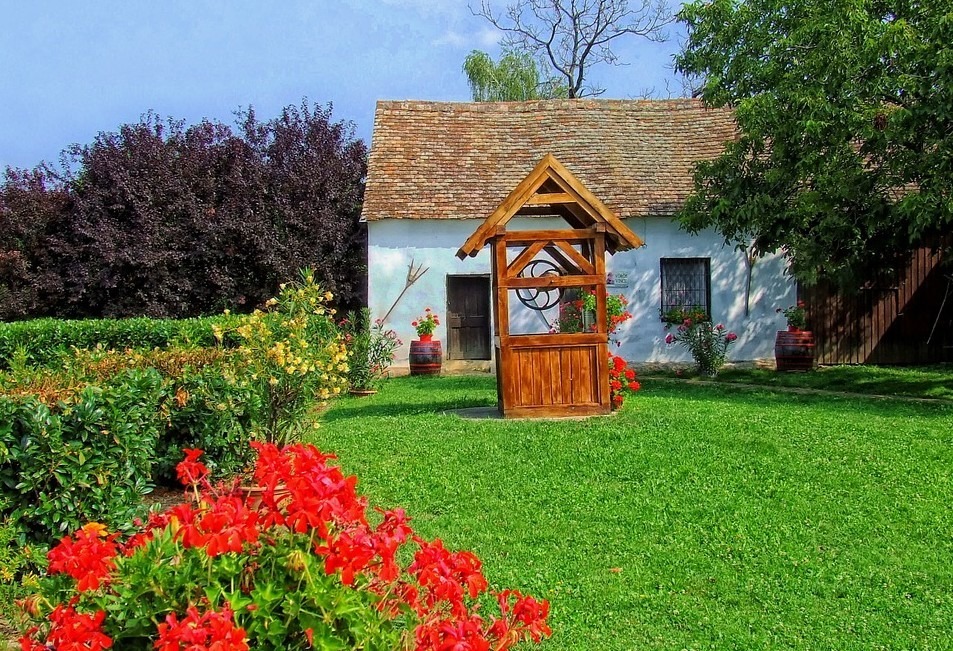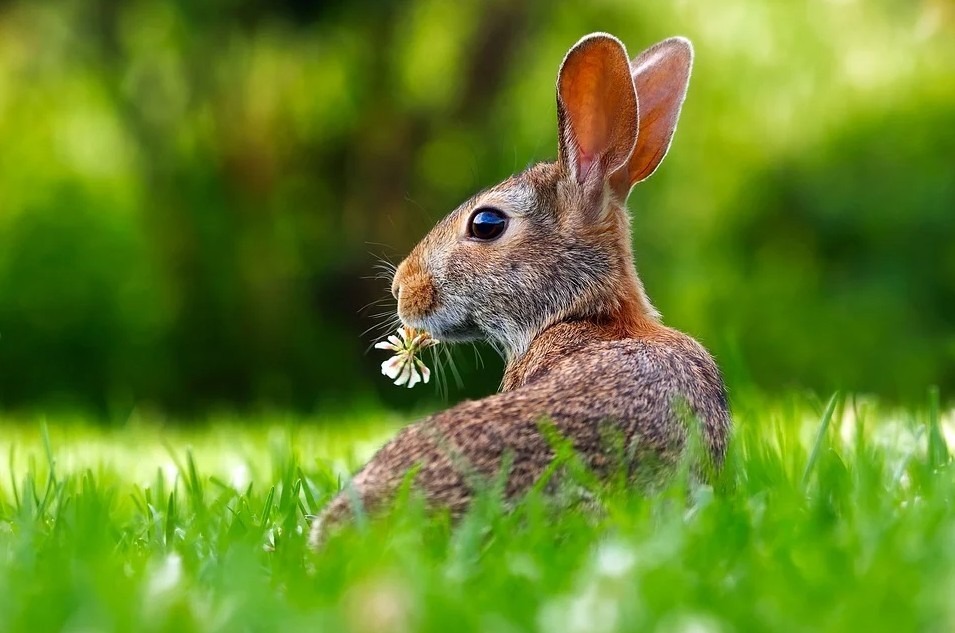It’s always nice to see your lawn lush and green. The grass on your lawn brings several benefits to your home and the environment.
WHY HAVE LAWN GRASS?
The many benefits of adding grass
If you are from the city or the suburbs, you should consider adding grass to your lawn because of the increasingly global temperature. Due to global warming, IPCC predicts that the global temperature will increase from less than 1.8 degrees Fahrenheit to 5.4 degrees Fahrenheit every year, which is 1 – 3 degrees Celsius hotter.
Also, if you live in a city or the suburbs, your house is most likely close to concrete pavements or roads. As a result, the sun’s rays will be reflected in your homes, increasing the temperature inside your house. Having grass on your lawns, on the other hand, cools down the temperature as it absorbs the heat of the sun.
For someone who is also considering a sustainable and healthy lifestyle by having a kitchen garden, grass will benefit you. Studies show that grass helps nutrient-rich crops to grow in your garden since it absorbs water, resulting in erosion control.
The grass is good for you and your crops. However, there are different types of grass regarding their texture, growth requirement, blade, and effects on your skin. Therefore, you should identify which grass is perfect for you, your family, and even your pets.
THE BEST LAWN GRASS FOR YOU
You must know what grass is on your lawn because there are types of grasses that can cause allergies. You may be eating healthy foods to curb your allergies and still itch all over because you are exposed to these types of grasses.
Grasses are usually categorized into two: warm-season grasses and cool-season grasses.
WARM SEASON GRASS
Warm-season grasses, as their category suggests, grow splendidly during the warm season. One good thing about these grasses is that they are resilient. They will turn brown during the cool season, but they will grow back as the warm season arrives when properly taken care of.
Bermuda
Bermuda grass is commonly used as a garden lawn grass. This is also the type of grass used in golf courses because it does not grow that tall. This means that it is easily maintained. In addition, it has a sharp-pointed blade that needs frequent watering for better growth.
This type of grass is the best choice if you have pets or have energetic kids. It is stress-resistant, and its deep roots anchor the grass well, allowing rough play for your pets and even sports activities.
Dichondra
This type of grass is also often used as a lawn grass. This is because it forms a good dense turf, and it does not cut your skin as it has round leaves for blades. However, unlike Bermuda, this type of grass requires constant treatment since insects and diseases often attack it.
Dichondra is a type of grass that is mainly good as a decorative type as it grows white flowers, and its unusual round shape for a blade adds to its aesthetics.
It does not thrive well in heavy foot traffic and can cause dermatitis in your pets. If you have dogs or cats, it is best not to use Dichondra as your lawn grass.
St. Augustine Grass/Floratam
The floratam is not tolerant to cold temperatures. It needs frequent watering and can survive heavy rains. It is extremely well-rooted and resistant to heat.
Just like Bermuda, floratam is a good choice if you have pets or if you enjoy sports. This type of grass will also cause less irritation since it has a rounded tip for its blade.
Zoysia
Zoysia grass has narrow and needle-like blades. It has a stiff, prickly, and carpet-like texture. Growing this type of grass takes longer than the three mentioned above. It may take a year before your lawn garden becomes lush and green.
Taking care of Zoysia is not that taxing since it needs average watering and does not require any specific treatments.
Zoysia, like Bermuda, is good for dog paw traffic and human foot traffic. However, it is so dense that it takes a long time to wear it thin.
Cool Season Grass
Cool-season grasses are great in areas that have extreme temperature fluctuations. However, they are best planted during spring and fall when there is plenty of water supply.
Bent grass
Bent grass is popularly used in golf courses. This type of grass creates a dense turf. Its blades are narrow and flat, making it ideal for greens and fairways.
However, taking care of bent grass is costly and time-consuming. It needs frequent watering. If possible, water them daily. To maintain them, you have to invest in insecticides, fungicides, and fertilizers. Make sure to identify the good and bad pests in your garden before spraying.
Kentucky Bluegrass
The Kentucky bluegrass is deep green in color and is grown from seed. It has a pointed V-shape blade. This type of grass is popular among farm owners. This is a durable grass that can tolerate animal racing.
Since it is durable, maintaining and taking care of this type of grass is easy and does not need much pesticide or fertilizers. It requires only an average amount of water.
Choose the best grass for your lawn according to your willingness to invest in them-time to take care of, and your pets needs.


